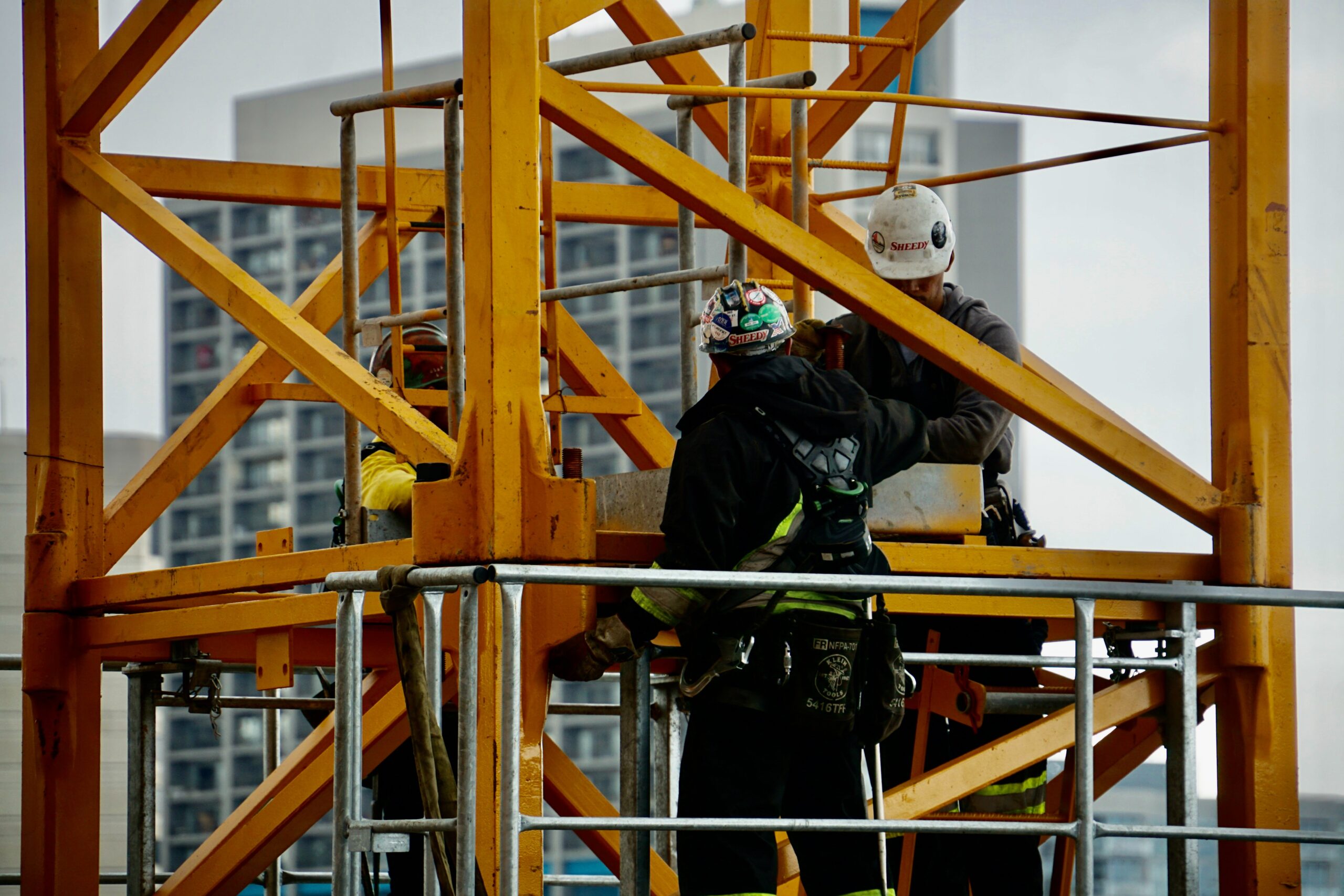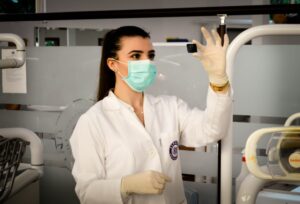Depending on the particular system and application, a machine vision system may require different types of maintenance, however, some typical chores include:
Software updates: Updating the system’s software on a regular basis can keep it current with the best algorithms, models, and security patches.
In order to maintain the security and functionality of computer vision systems, regular software updates are essential.
Bug fixes and security patches that address system vulnerabilities are frequently included in software updates. Updating the software ensures that the system keeps working as intended and helps to prevent security lapses and system malfunctions. It is advised to set up a routine for downloading and installing software updates and to properly test them before putting them into use in a live setting.
Data updates: The system’s training data may need to be updated to reflect changes in the real-world environment and preserve accuracy.
To keep the computer vision system accurate and current, regular data updates are crucial. Computer vision systems train their algorithms and models on data, and as the data changes over time, the system’s accuracy may suffer. Regular data updates ensure that the system keeps functioning as intended and help to prevent this loss of accuracy. This might entail updating the system with new data, removing out-of-date data, or adding new data. To guarantee that data is updated consistently and correctly, it is crucial to have a solid data management plan in place.
Hardware upkeep: By doing routine hardware upkeep, you can make sure that the cameras, sensors, and other hardware elements are working properly and avoid equipment failure.
A computer vision system’s maintenance must include hardware care. The physical upkeep and regular cleaning of the system’s parts, like the cameras and sensors, can help to keep them in good condition and maintain their correct operation. In order to avoid system breakdowns, it’s crucial to keep an eye out for signs of wear and tear on the hardware components of the system and replace them as necessary.
It is advised to establish a regular routine for inspecting and maintaining the hardware components of the system as well as to keep replacement parts on hand in case an urgent repair is needed. The longevity of the system’s components can also be increased with careful handling and storage.
Performance monitoring: The system needs to be constantly checked for efficiency and accuracy, and any problems or inconsistencies need to be handled right away.
Monitoring performance is an essential part of keeping a computer vision system up to date. The accuracy and functionality of the system can be affected by a variety of problems, which can be found and fixed with regular performance monitoring. This may entail keeping an eye on the amount of memory and storage the system is using, how quickly it processes information, and how well its algorithms and models are performing.
Monitoring the system’s performance in the context of its intended use case and contrasting it with existing benchmarks are also crucial. Performance monitoring can identify problems or discrepancies that need to be fixed right away in order to maintain the system’s accuracy and functionality. It is advised to have a strategy in place for routinely keeping track of the system’s performance and dealing with any problems.
Retraining the model: It can be required to retrain the model when the system’s performance deteriorates over time.
Retraining the model is a crucial part of keeping a computer vision system functional. The algorithms and models of the system may eventually become out of date or no longer accurately reflect the environment. The accuracy of the system may suffer as a result. Retraining the model using more recent data enables the system to maintain accuracy and relevance. Retraining the model could entail gathering fresh data, updating old data, and retraining algorithms and models using the fresh data. To guarantee that the system’s accuracy has increased, it is crucial to have a framework in place for routinely retraining the model and validating the results of the process.
Algorithm optimization: As new methods and programs are created, it might be advantageous to include them in the system to boost efficiency.
A video processing system’s maintenance must include algorithm optimization. Performance may decrease over time as a result of the algorithms and models the system uses becoming inefficient or ineffective. Algorithm optimization entails enhancing the models and algorithms that the system uses to increase precision, speed, and efficiency. The algorithms may need to be changed, the model’s parameters may need to be adjusted, or new methods and models may need to be used. The system’s algorithms and models should be routinely optimized, and it’s crucial to validate the results of the optimization process to make sure the system’s performance has increased. The amount and speed of data will be one of many variables that will determine how often optimization occurs.
Data privacy and security: It’s critical to make sure that the system is properly secured and complies with data privacy regulations because machine vision systems frequently process sensitive information, such as biometric data or private images.
The upkeep and maintenance of computer vision systems must take data security and privacy seriously. It is crucial to protect the sensitive and personal data that computer vision systems frequently collect, store, and process. There should be safeguards in place to protect the data, including access controls, encryption, and backup protocols. Additionally, it’s critical to adhere to any applicable laws and rules governing data security and privacy, such as the California Consumer Privacy Act (CCPA) in the US or the General Data Protection Regulation (GDPR) in Europe. All staff members who manage the data should receive training on privacy and security best practices, and regular risk assessments should be done to detect and resolve any possible privacy and security problems. Moreover, incident response
In conclusion, routine maintenance is essential to making sure a machine vision system keeps working properly and producing reliable results.









